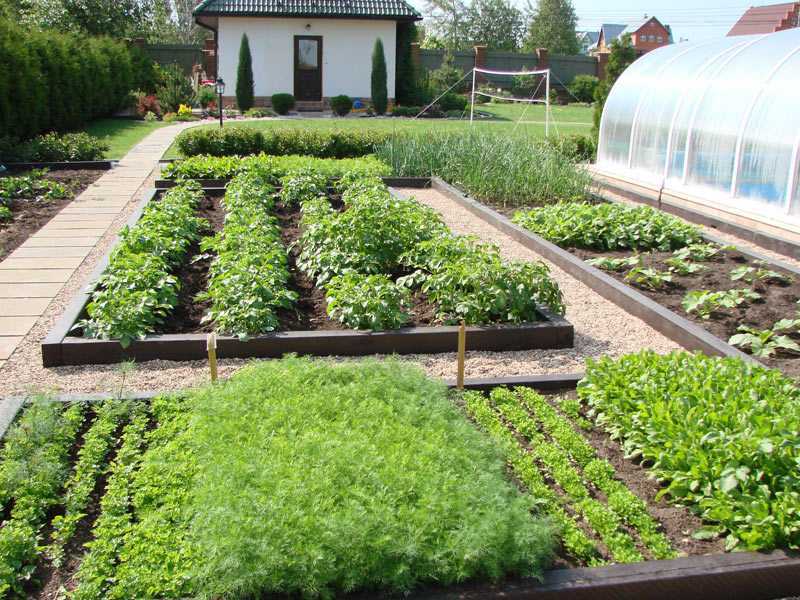Creating a sustainable and thriving homestead goes beyond agriculture and construction. One key element often overlooked is wildlife management. On a 15-acre homestead, striking a balance between cultivation and conservation is crucial. This guide will explore effective strategies for wildlife management on a 15-acre homestead, ensuring harmony between nature and human activities.

Understanding the Basics of Wildlife Management
Before diving into specific strategies, it’s essential to understand what wildlife management entails. It involves monitoring and influencing wildlife populations and habitats to achieve specific goals, such as biodiversity conservation or pest control. For those living on a 15-acre homestead, these goals may include protecting crops, promoting pollinators, or enhancing natural beauty.
Assessing Your Homestead’s Ecosystem
Every piece of land has its unique ecosystem. Begin by assessing the existing flora and fauna on your homestead. Identify native species, potential pests, and areas requiring protection. This assessment forms the foundation for a successful wildlife management plan.
Soil and Plant Life
Your homestead’s soil and plant life significantly influence wildlife habitats. Healthy soil promotes diverse plant growth, attracting a variety of animal species. Consider implementing practices like erosion control to maintain soil health.
Identifying Key Species
Recognize which species are beneficial and which may pose challenges. Beneficial species, such as pollinators and natural pest controllers, should be protected and encouraged. Understanding the role of each species in your ecosystem helps in making informed wildlife management decisions.
Strategies for Wildlife Management
Implementing effective wildlife management strategies can transform your homestead into a sustainable haven. Here are some strategies tailored for a 15-acre homestead:
Creating Habitat Zones
Designate specific areas for wildlife habitats. Incorporate features like ponds, meadows, and woodlands to support diverse species. For inspiration, check out homestead farm design ideas.
Encouraging Pollinators
Pollinators are vital for a flourishing homestead. Plant native flowers and shrubs to attract bees, butterflies, and birds. These species play a crucial role in plant reproduction and maintaining biodiversity.
Managing Pests Naturally
Avoid chemical pesticides that can harm beneficial species. Opt for natural pest control methods such as companion planting and introducing predators like ladybugs and birds to keep pest populations in check.
Monitoring and Adapting Your Plan
Successful wildlife management requires ongoing monitoring and adaptation. Keep track of changes in wildlife populations and habitat conditions. Adjust your strategies as needed to address emerging challenges and opportunities.
Regular Wildlife Surveys
Conduct regular surveys to assess the effectiveness of your management strategies. Document sightings, track population trends, and identify areas for improvement.
Engaging with the Community
Connect with local wildlife experts and homesteaders for advice and support. Sharing experiences and knowledge can enhance your wildlife management efforts.
Benefits of Effective Wildlife Management
Implementing a robust wildlife management plan offers numerous benefits for your homestead:
Enhanced Biodiversity
Creating a balanced ecosystem supports a wide range of species, contributing to overall biodiversity.
Improved Crop Yields
By promoting pollinators and natural pest control, wildlife management can lead to healthier crops and increased yields.
Sustainable Living
Practicing wildlife management aligns with sustainable living principles, reducing reliance on synthetic inputs and fostering harmony with nature.
Conclusion
Successful wildlife management on a 15-acre homestead is achievable with careful planning and dedication. By understanding your ecosystem, implementing targeted strategies, and continuously adapting your approach, you can create a thriving homestead that supports both human and wildlife needs. For more insights on maintaining a sustainable homestead, explore topics like income diversification and winter preparations.

FAQ Section
What is the first step in wildlife management on a homestead?
The first step is to assess your homestead’s ecosystem, identifying existing flora and fauna, as well as potential challenges and opportunities.
How can I encourage pollinators on my homestead?
Plant native flowers and shrubs to attract pollinators like bees and butterflies. Avoid using pesticides that could harm these beneficial species.
Why is ongoing monitoring important in wildlife management?
Regular monitoring allows you to track changes in wildlife populations and habitat conditions, enabling you to adapt your strategies to ensure continued success.





